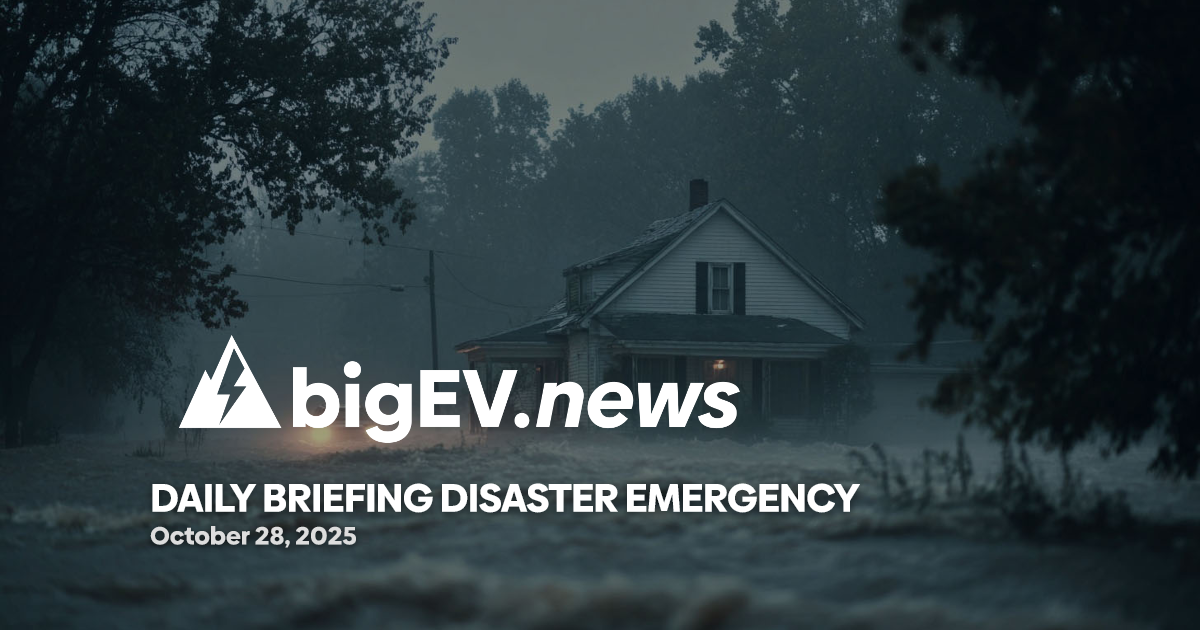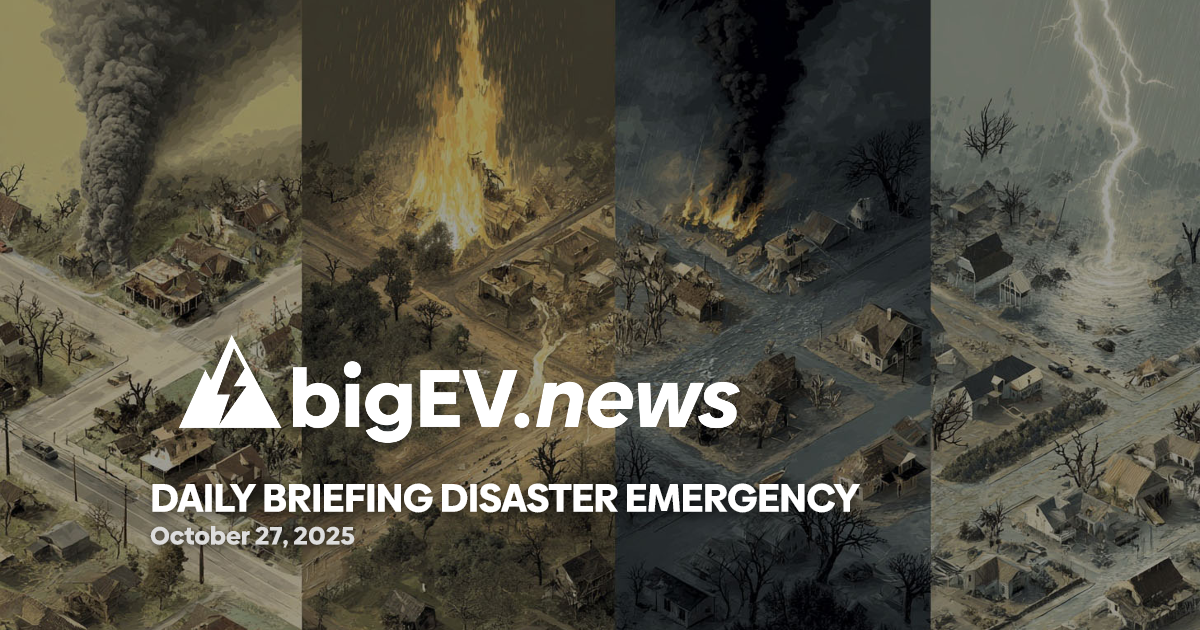A surge in AI-driven networks, cloud-native platforms, and global R&D funding is transforming disaster prediction, response, and recovery systems worldwide.
At a glance – The past 24 hours have highlighted a decisive shift toward integrating artificial intelligence, cloud-native platforms, and cross-sector collaboration in disaster response and resilience. Key industry players and public agencies are rapidly adopting advanced technologies to address the escalating frequency and severity of climate-induced disasters. This trend is underscored by the launch of new AI-powered network optimization tools, the release of national survey data showing first responder tech priorities, and the announcement of major international funding for disaster resilience R&D. The convergence of these developments signals a new era in which digital infrastructure, predictive analytics, and interoperable systems are at the core of disaster management strategies, aiming to enhance both immediate response and long-term community resilience.
Technology advance – AT&T has launched its Wireless Geo Modeler, a generative AI system now live nationwide, designed to predict and optimize network coverage during disasters. The Geo Modeler leverages synthetic data and a Network Foundation Model to simulate radio transmissions in complex environments, enabling real-time adaptation of network resources when storms or other emergencies disrupt cell towers. This system can automatically reconfigure antenna angles and allocate capacity to maintain connectivity for first responders, emergency drones, and the public. The Geo Modeler’s integration with internal AT&T systems allows for near-instantaneous analysis and automated network healing, marking a significant leap in communications resilience during extreme weather events and large-scale emergencies.
Partnerships – The 10th IFIP WG5.15 Information Technology in Disaster Risk Reduction Conference (ITDRR 2025) has convened global leaders from climate science, cybersecurity, and humanitarian sectors to address the dual threats of climate-induced disasters and digital infrastructure attacks. The conference is spotlighting breakthroughs in IT that enable real-time crisis prediction, decentralized emergency networks, and participatory governance for disaster risk reduction. This multidisciplinary gathering is fostering new alliances between sustainable development experts, urban planners, and technologists, with a focus on integrating machine learning, resilient digital systems, and inclusive community engagement into disaster mitigation strategies. The event is also emphasizing the urgent need for energy-efficient and cyber-secure technologies in emergency management.
Acquisitions/expansions – Mark43, a leading public safety platform provider, has released its 2025 U.S. Public Safety Trends Report, revealing a nationwide shift among first responders toward cloud-native, data-driven, and interoperable dispatch and records management systems. The report, based on a national survey, shows strong support for AI adoption and a growing demand for integrated mobile systems that enhance operational efficiency and cybersecurity. Mark43’s real-time operating system is enabling agencies to move away from legacy infrastructure, improving resilience against cyberattacks and system outages. This expansion of cloud-native solutions is poised to redefine how public safety agencies prepare for and respond to disasters, ensuring greater reliability and faster recovery in crisis scenarios.
Regulatory/policy – The European Union and international partners have announced a new funding initiative, offering grants from €500,000 to €5 million for collaborative disaster resilience, response, and recovery technology projects. The program targets both natural and human-caused disasters, including floods, wildfires, and industrial accidents, and aims to accelerate the development of life-saving products and solutions. Eligible projects must demonstrate cross-border collaboration and a clear pathway to societal impact, with a focus on scalable innovations that can prevent environmental catastrophes and support communities facing the increasing risks of climate change. This policy-driven investment is expected to catalyze a new wave of R&D in emergency supply systems, backup power, and predictive analytics for disaster management.
Finance/business – The latest industry data shows a marked increase in venture capital and private equity investment in disaster tech startups, particularly those focused on early warning systems, emergency logistics, and resilient infrastructure. Notably, several U.S. and European firms specializing in AI-powered flood prediction, wildfire detection, and backup energy solutions have secured multi-million dollar funding rounds in the past day. Investors are citing the growing market demand for scalable, interoperable, and cyber-secure platforms as a key driver, with expectations that these technologies will become essential components of both public and private sector disaster preparedness strategies. Executive commentary from leading VCs highlights the sector’s potential for both financial returns and societal impact, as climate volatility and infrastructure threats continue to escalate globally.
Sources: about.att.com, itdrr.org, mark43.com, ictworks.org, Disaster Recovery Journal, European Commission









